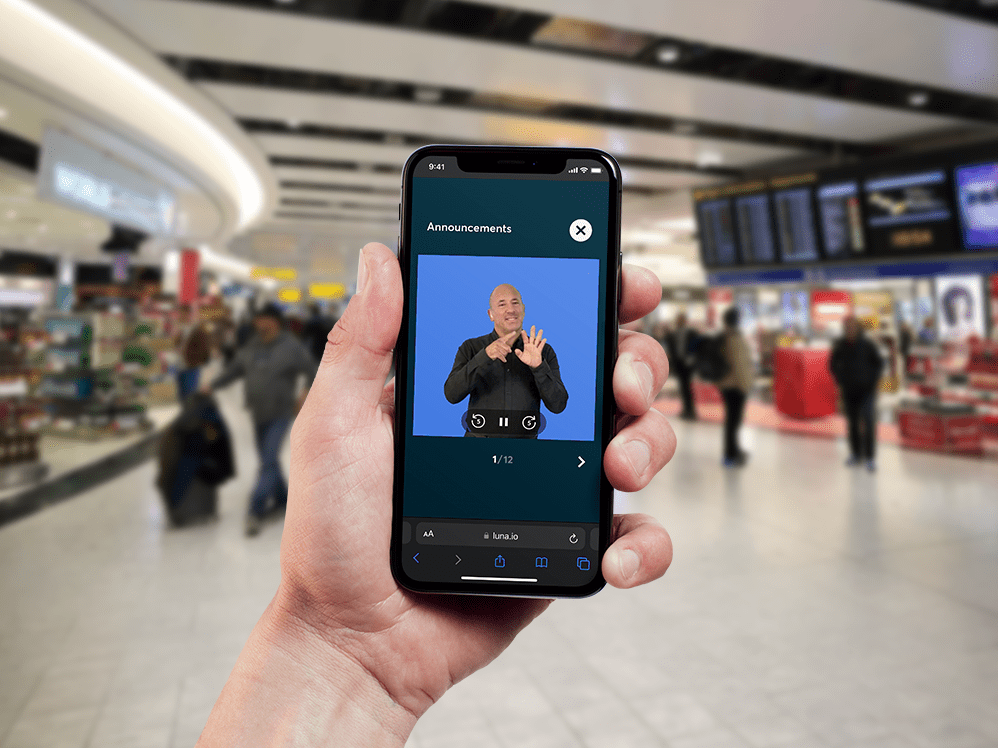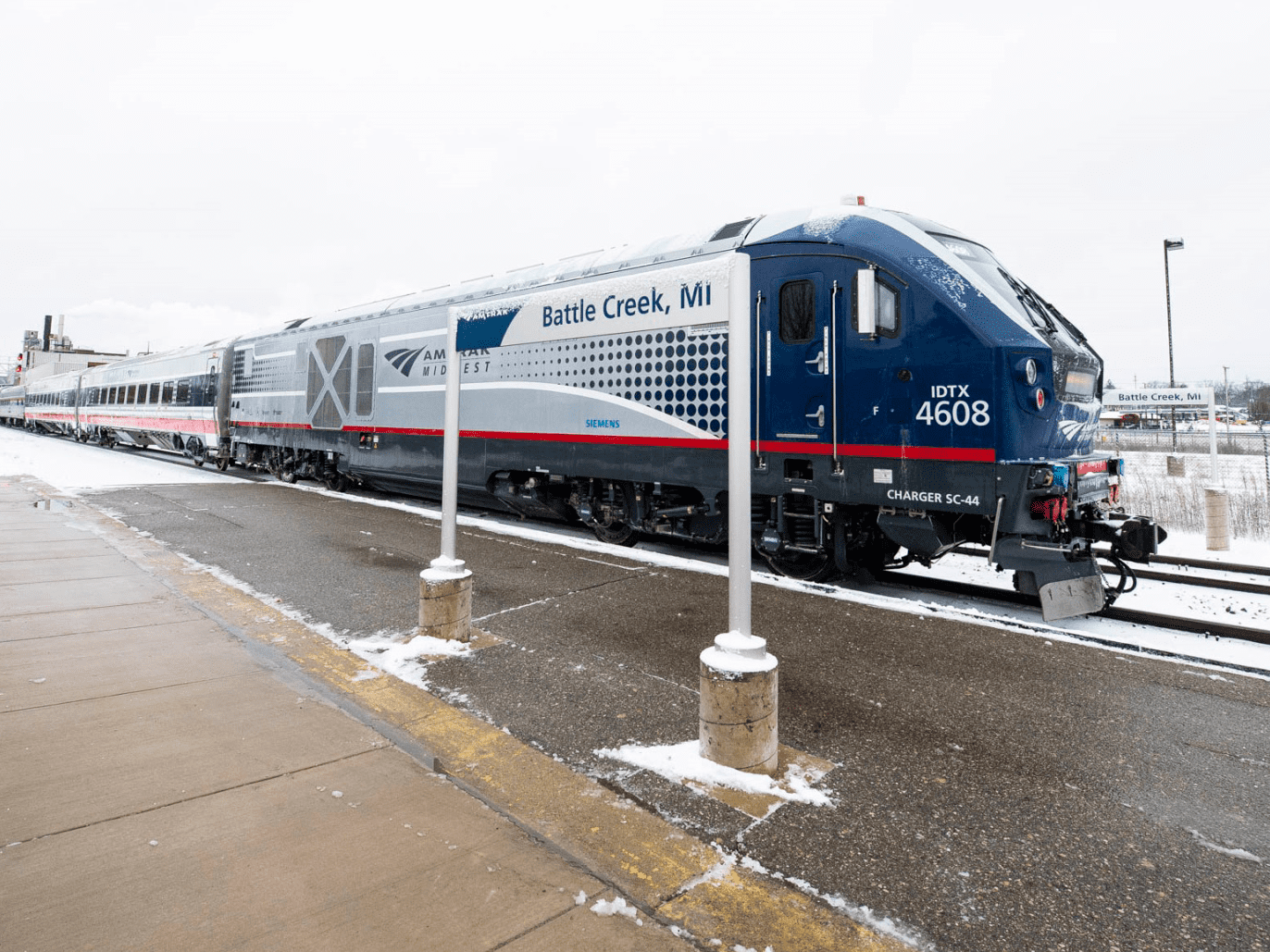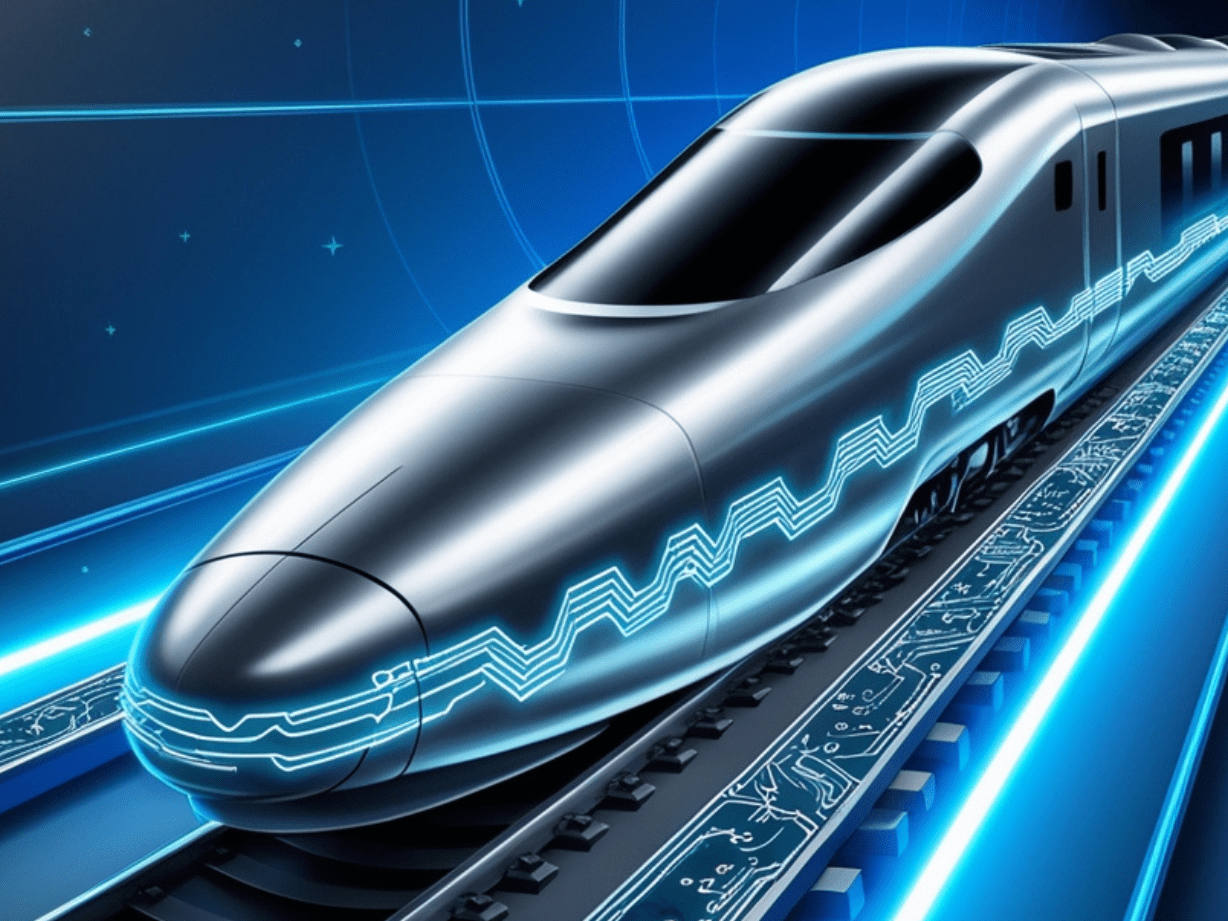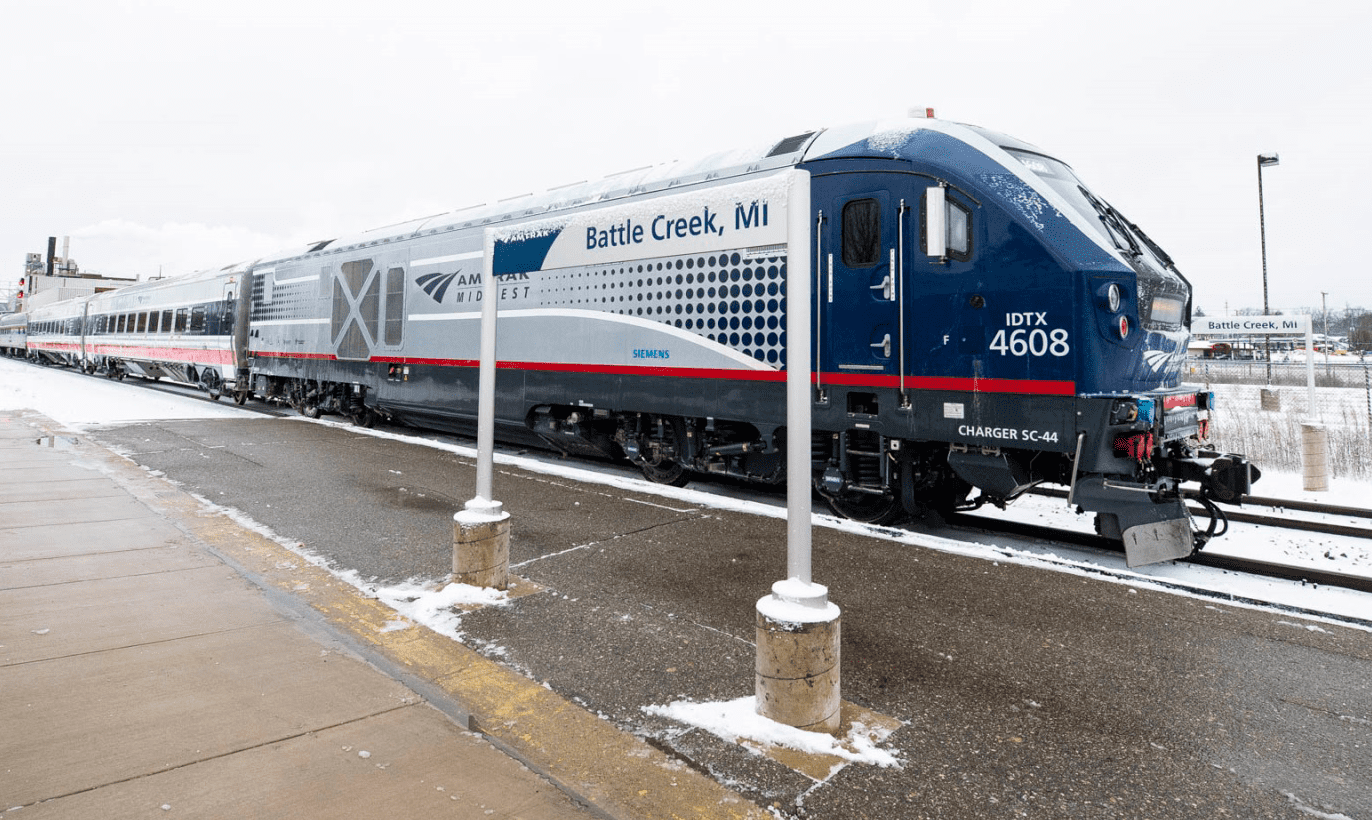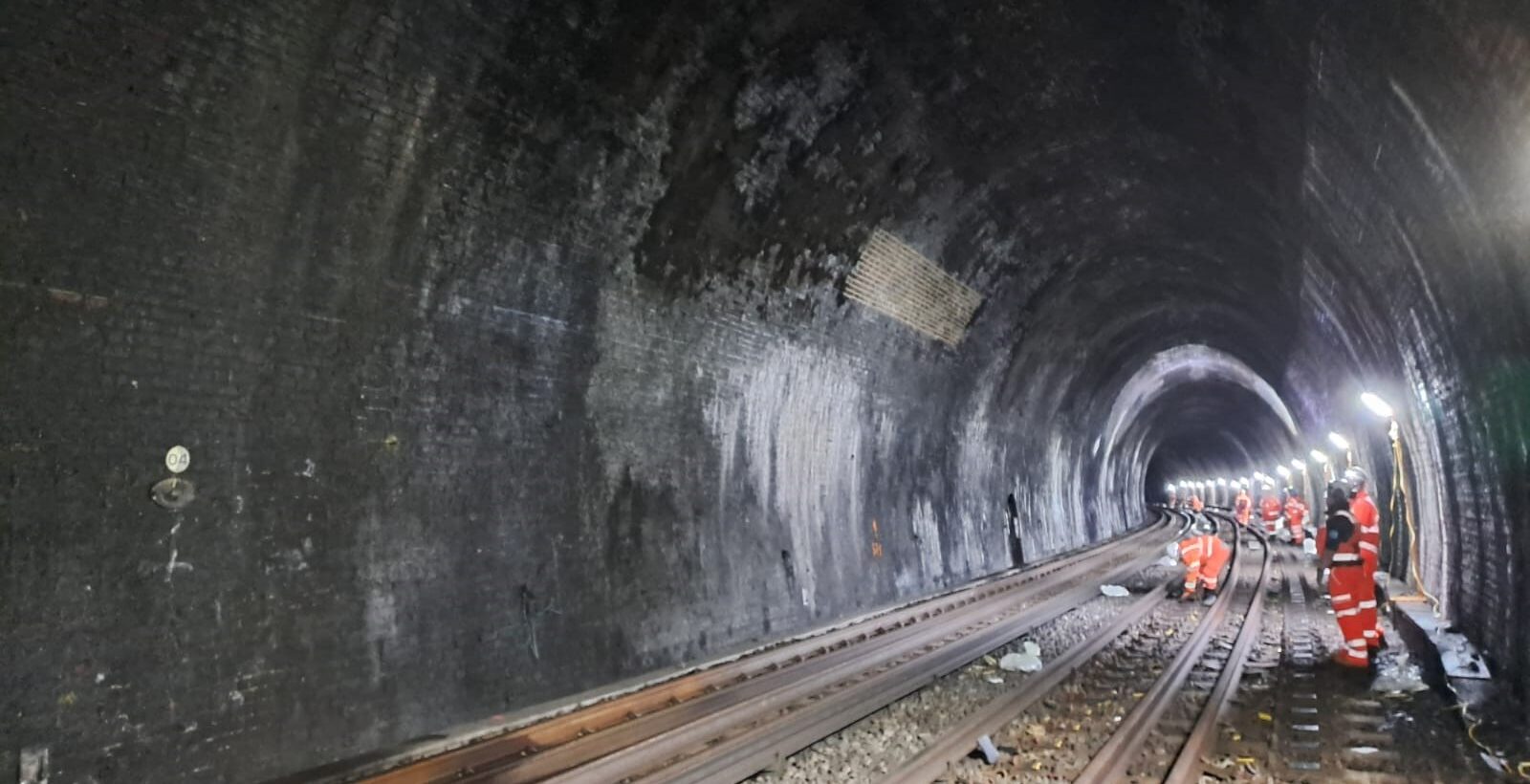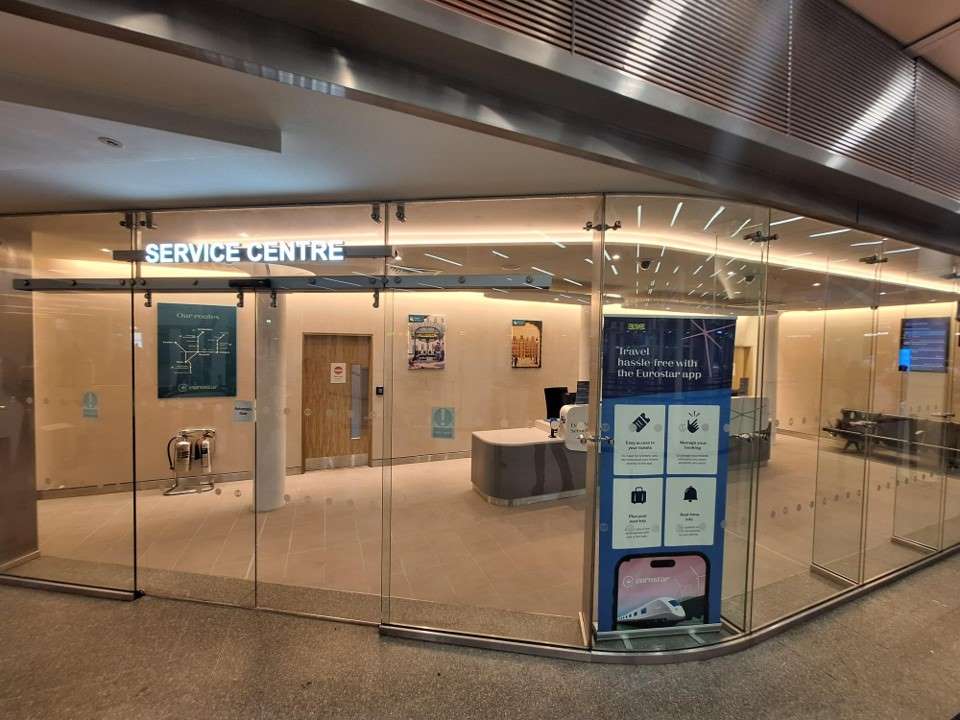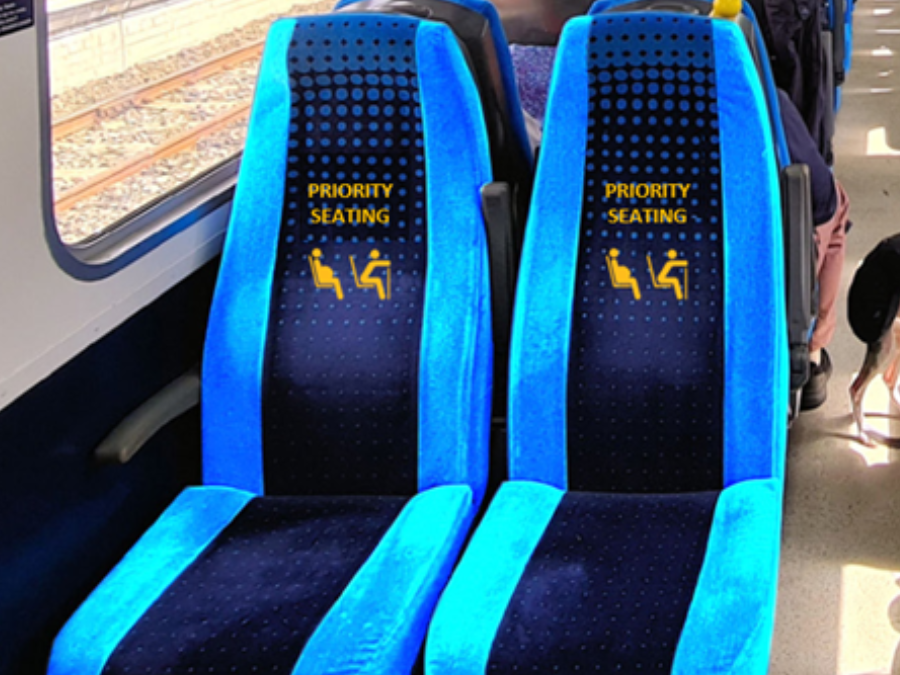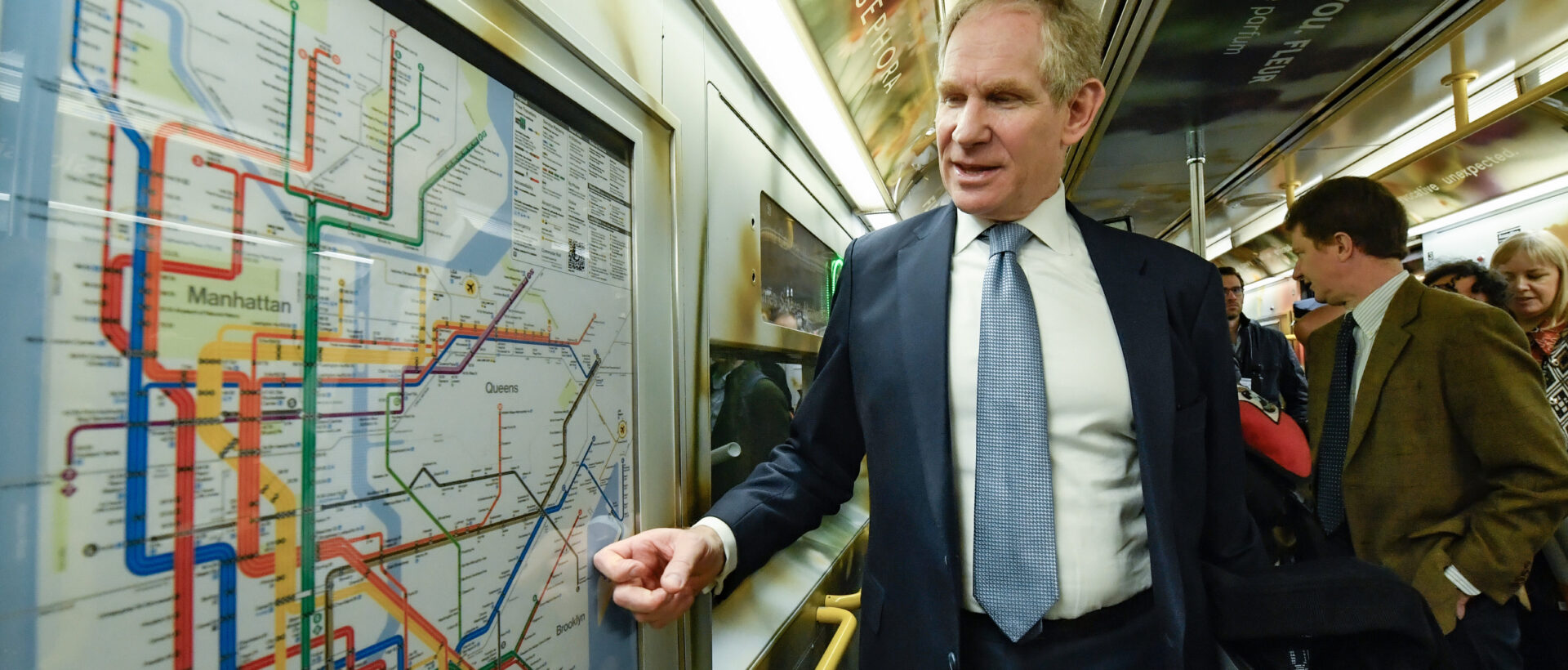In today’s digital world, passengers expect to stay connected wherever they go, and train travel is no exception.
Whether streaming entertainment, working remotely or staying in touch with friends and family, uninterrupted high-speed connectivity is now a fundamental passenger requirement. At the same time, operators rely on robust connectivity for real-time monitoring, diagnostics and enhanced onboard services.

The quality of on-train internet connectivity is highly dependent on the coverage and capacity of communication networks along the route. Today, this connectivity is largely delivered through cellular networks.
Despite rapid advancements in 4G and 5G deployment in urban areas, building robust network infrastructure along long, remote railway corridors has historically been both technically challenging and financially unfeasible. As a result, large portions of rail networks still experience gaps where cellular networks fail to meet passenger demand.
Encouragingly, recent advancements in satellite technology and commercial models have made low Earth orbit (LEO) satellite solutions a game-changer. LEO satellites now provide a viable, cost-effective means of delivering uninterrupted, high-performance connectivity to trains, serving as a powerful addition to any transport operator’s connectivity strategy.
The Evolution of Satellite Technology for Rail
More than two decades ago, Icomera pioneered train connectivity using geostationary (GEO) satellite technology. However, the rapid development of cellular networks meant that GEO satellites were soon outperformed in terms of cost and efficiency.
Today, LEO satellite technology has reshaped the landscape, offering significant advantages over its predecessors:
- Reduced Latency: LEO satellites orbit at altitudes up to 2,000km, much closer to the Earth’s surface than GEO satellites, meaning signals travel a shorter distance, resulting in lower latency.
- Higher Data Throughput: LEO satellites provide superior data throughput, enabling faster and more efficient data transfer.
- Cost-Effective Deployment: The lower altitude and smaller orbital radius of LEO satellites reduces the energy requirements for launch, making global coverage more accessible for satellite constellations.
- Increased Reliability: LEO satellites can be interconnected in a mesh network configuration, allowing cross-linking between satellites. If one satellite experiences an issue or goes offline, the other satellites within the network can compensate for the loss, ensuring uninterrupted service.
Starlink is the current market leader in LEO, with more satellites in orbit than any other provider. Starlink Electronic Phased Array Tiles for Rail are fully certified for operation in public transport environments, offering high-throughput, low-latency connectivity for any vehicles travelling up to speeds of 400mph (643km/h).
A Hybrid Approach to Connectivity Delivering Impressive Results
Even prior to becoming an authorised reseller of SpaceX’s Starlink solution designed specifically for trains, Icomera has been actively involved in multiple successful LEO satellite internet deployments on both sides of the Atlantic. Some have included trains in revenue service, while others have been technical trials aimed at pushing the technology to achieve its full potential.
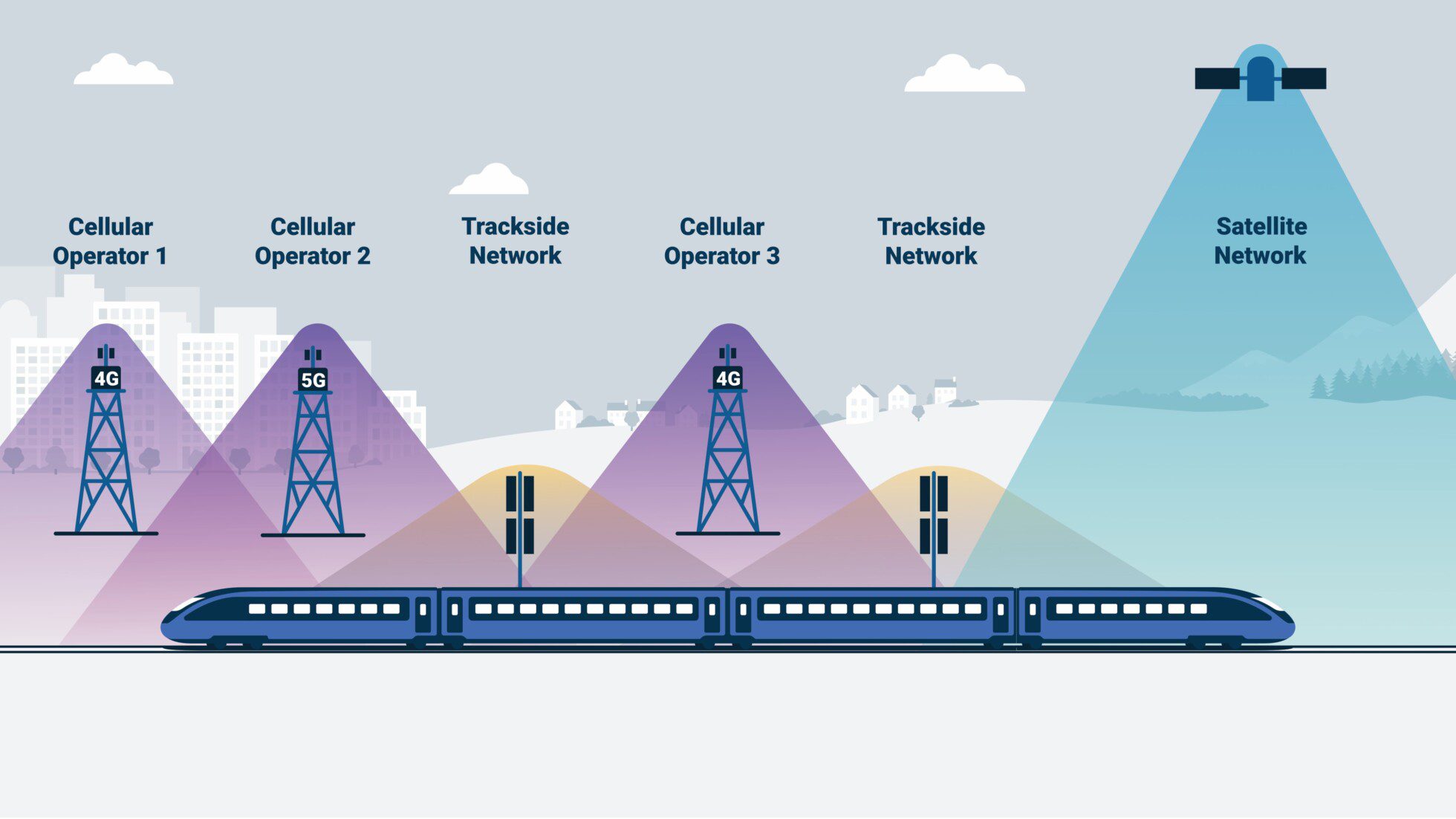
The results have been impressive, delivering the equivalent of inner-city 5G capacity to trains in rural environments with throughput consistently in the range of 200+ Mbps when aggregating Starlink terminals, and some deployments demonstrating a latency of less than 40 milliseconds.
Additionally, across our current satellite connectivity solution deployments we have observed that by simultaneously aggregating Starlink and terrestrial cellular connectivity, one network can fill in for the other whenever its connection drops, offering consistent availability across the route.
The combination of both networks typically provides a stable internet connection capable of supporting data-heavy applications such as video streaming for over 99% of the route.
Ingenious Technology, Intelligent Solutions, Inspiring Partners
As a global leader in connected transport solutions, Icomera is at the forefront of integrating LEO satellite technology with terrestrial cellular networks to deliver a hybrid approach to connectivity.
Leveraging ingenious technology, Icomera’s advanced aggregation platform seamlessly blends multiple networks – including LEO satellite and 5G – to maximise performance, reliability and coverage.
In addition to giving passengers the home broadband experience on the move, operators will increasingly look to utilise this high-speed, low-latency connectivity for real-time monitoring, remote diagnostics and onboard systems management – intelligent solutions that do more than just connect – they enhance, they protect and they optimise.
Whether traversing bustling cities or remote landscapes, we aim to be inspiring partners in driving the rail industry’s digital transition, paving the way for a future where passengers and operators enjoy seamless connectivity.
For more information on a smart, connected journey, view our solutions. Alternatively, if you have any questions, email us.
This article first appeared in the Railway-News Magazine Issue 1 2025. Download the full PDF version here.




